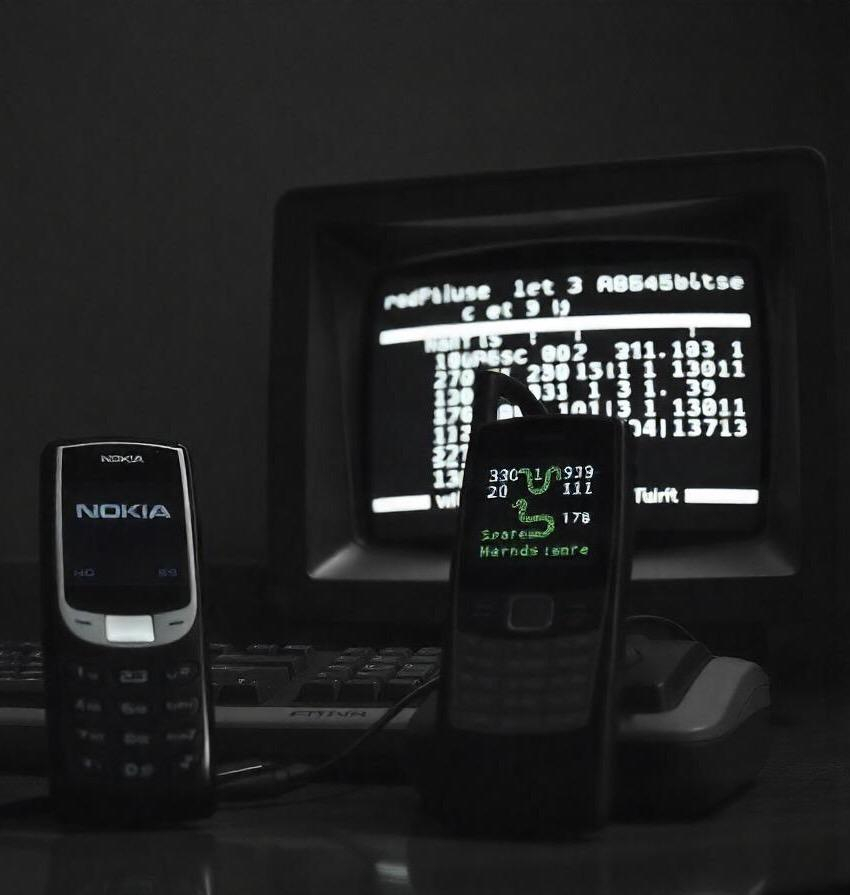Snake Game Port is only 56 Bytes big & fits in a QR Code.
In the years since 1997, the landmark release of the Nokia 6110 and its inclusion of Snake, we have seen the game is ported to countless devices. This DOS version of Snake does have one key glitch that makes it more challenging to play than your typical versions of Snake.
https://github.com/donno2048/snake
#snake #game #dos #port #programming #retro #gaming #art #it #engineer #media #tech #news
In the years since 1997, the landmark release of the Nokia 6110 and its inclusion of Snake, we have seen the game is ported to countless devices. This DOS version of Snake does have one key glitch that makes it more challenging to play than your typical versions of Snake.
https://github.com/donno2048/snake
#snake #game #dos #port #programming #retro #gaming #art #it #engineer #media #tech #news
GitHub - donno2048/snake: A minimal snake in assembly
A minimal snake in assembly . Contribute to donno2048/snake development by creating an account on GitHub.GitHub

![[ImageSource: donno2048]
Screenshot of donno2048's Snake for DOS port being played within a web DOSBox session.
If you fancy yourself a finesser, you must play this version of Snake without inputting backward inputs (as soon as you have more than three length), lest you immediately devour yourself and die. Usually, Snake doesn't make self-devouring this easy, so you have to be ultra-precise with your movements to play this DOS port of Snake adequately, which is a suitable bump in difficulty for the retro OS and hardware, even if it's a glitch.
It works perfectly fine in DOSBox and the web app, at least in terms of game speed. [ImageSource: donno2048]
Screenshot of donno2048's Snake for DOS port being played within a web DOSBox session.
If you fancy yourself a finesser, you must play this version of Snake without inputting backward inputs (as soon as you have more than three length), lest you immediately devour yourself and die. Usually, Snake doesn't make self-devouring this easy, so you have to be ultra-precise with your movements to play this DOS port of Snake adequately, which is a suitable bump in difficulty for the retro OS and hardware, even if it's a glitch.
It works perfectly fine in DOSBox and the web app, at least in terms of game speed.](https://friendica-leipzig.de/photo/preview/600/537363)
